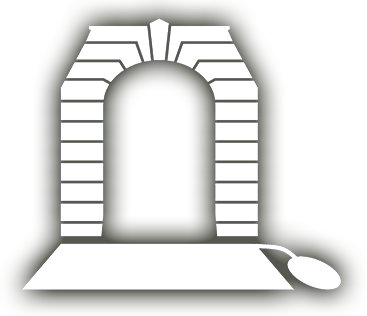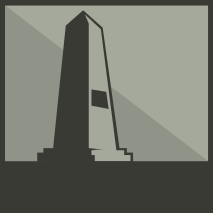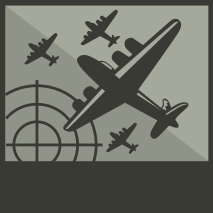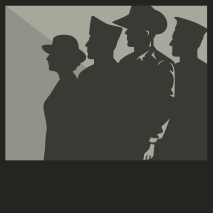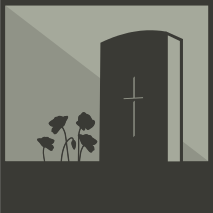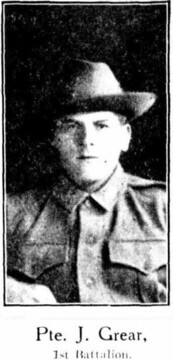
GREAR, James
| Service Number: | 637 |
|---|---|
| Enlisted: | 14 September 1914, An original member of E Company |
| Last Rank: | Private |
| Last Unit: | 1st Infantry Battalion |
| Born: | Mobberley, Cheshire, England, 21 November 1891 |
| Home Town: | Bowral, Wingecarribee, New South Wales |
| Schooling: | Mobberley Secondary School, England |
| Occupation: | Farmer |
| Died: | Killed in action, Gallipoli, Turkey, 10 May 1915, aged 23 years |
| Cemetery: |
Beach Cemetery - ANZAC Cove Special Memorial 11. THEIR GLORY SHALL NOT BE BLOTTED OUT |
| Memorials: | Australian War Memorial Roll of Honour |
World War 1 Service
| 14 Sep 1914: | Enlisted AIF WW1, Private, 637, 1st Infantry Battalion, An original member of E Company | |
|---|---|---|
| 18 Oct 1914: | Involvement Private, 637, 1st Infantry Battalion, ANZAC / Gallipoli, --- :embarkation_roll: roll_number: '7' embarkation_place: Sydney embarkation_ship: HMAT Afric embarkation_ship_number: A19 public_note: '' | |
| 18 Oct 1914: | Embarked Private, 637, 1st Infantry Battalion, HMAT Afric, Sydney |
Help us honour James Grear's service by contributing information, stories, and images so that they can be preserved for future generations.
Add my storyBiography contributed by Stephen Brooks
James was the son of John and Alice Grear and was born in England during 1891. He came out to Australia in 1911, with his family, following the death of his father, and he and his brothers took up farming near Bowral, New South Wales.
James was the first to enlist from his family, but by 1916 his four brothers were on active service, two with the Australian Field Artillery, one in the Australian infantry and one serving as a 1st Class Stoker in the Royal Navy, at the Battle of Jutland.
James’s brother, 2181 Lce Cpl, William Grear M.M. 45th Battalion AIF, was decorated for bravery in France before he died of wounds in Belgium on 14 October 1917, aged 28.
James lost his life on 10 May 1915, and although buried in the Beach Cemetery at Anzac, his gave marker was lost after the war and thus he has a Special Memorial, marked with ‘believed to be buried in this cemetery.”
James had two other brothers who served in the 7th Australian Field Artillery Brigade, both were awarded Congratulatory Cards for their good work in 1918 and returned to Australia in 1919.

